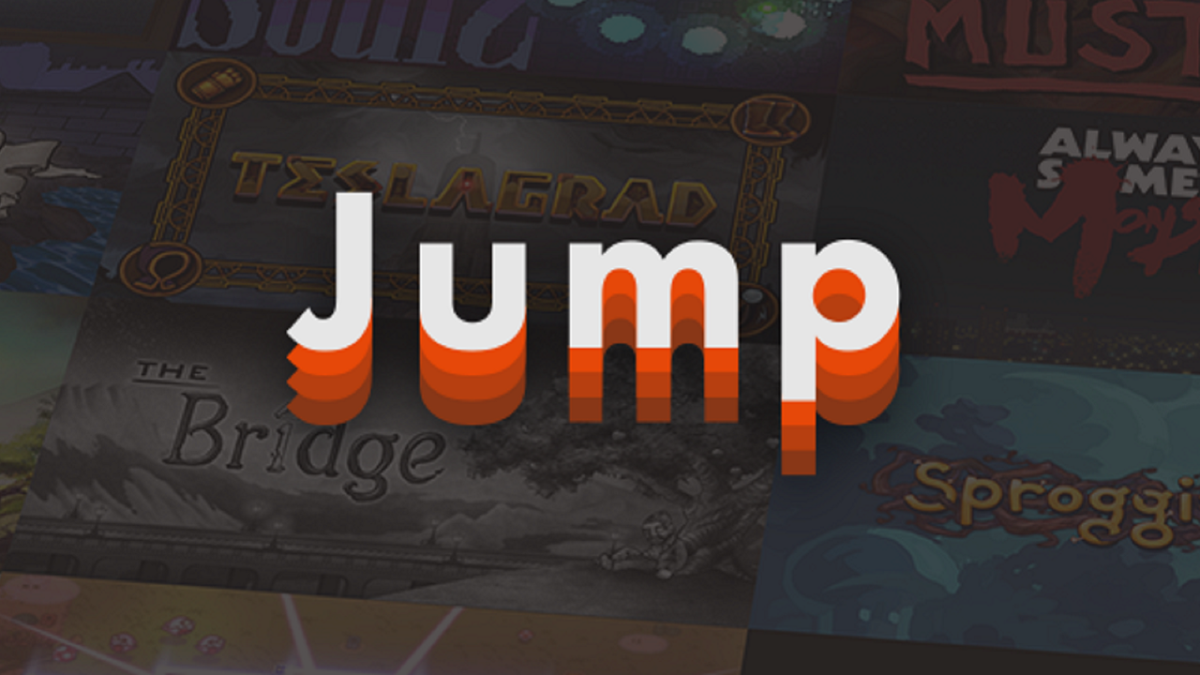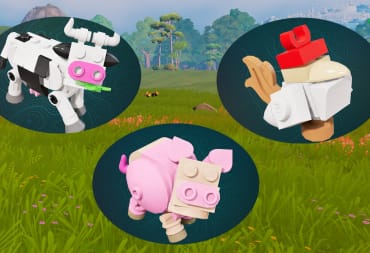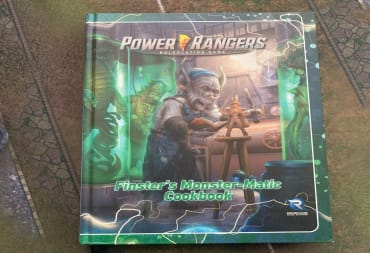Whenever I find myself parked on my couch browsing through Netflix's staggering collection of original content, I can't help but think about what a boon this model could be for gaming. A few mass market successes can lead the way and bring along scores of smaller titles with a more niche appeal. Gamers get a bargain by paying a low monthly fee and developers are free to expand on game jam ideas or pursue wacky concepts. Several companies have made stabs in the direction of a service like this, with Xbox's Game Pass is currently servicing the console market and Humble Monthly providing big PC titles in monthly mystery boxes. However, this concept will really shine if it serves to get overlooked titles in front of a new audience. Jump launches today, and I think it accomplishes just that.
Jump is an online subscription that nets gamers a library of 60+ indie titles for a low entry fee. $10 a month gets you everything from the fourth wall breaking Pony Island to the platforming perfection of The End is Nigh to the dystopian struggle of Beholder. Of course, that's not everything. Besides the titles you may have heard of, Jump has also secured a few premieres for its launch lineup. Games like Gunhouse, Yi and the Thousand Moons, and Rashlander are making their full PC debuts on the service alongside the internally developed Stunt Runner.
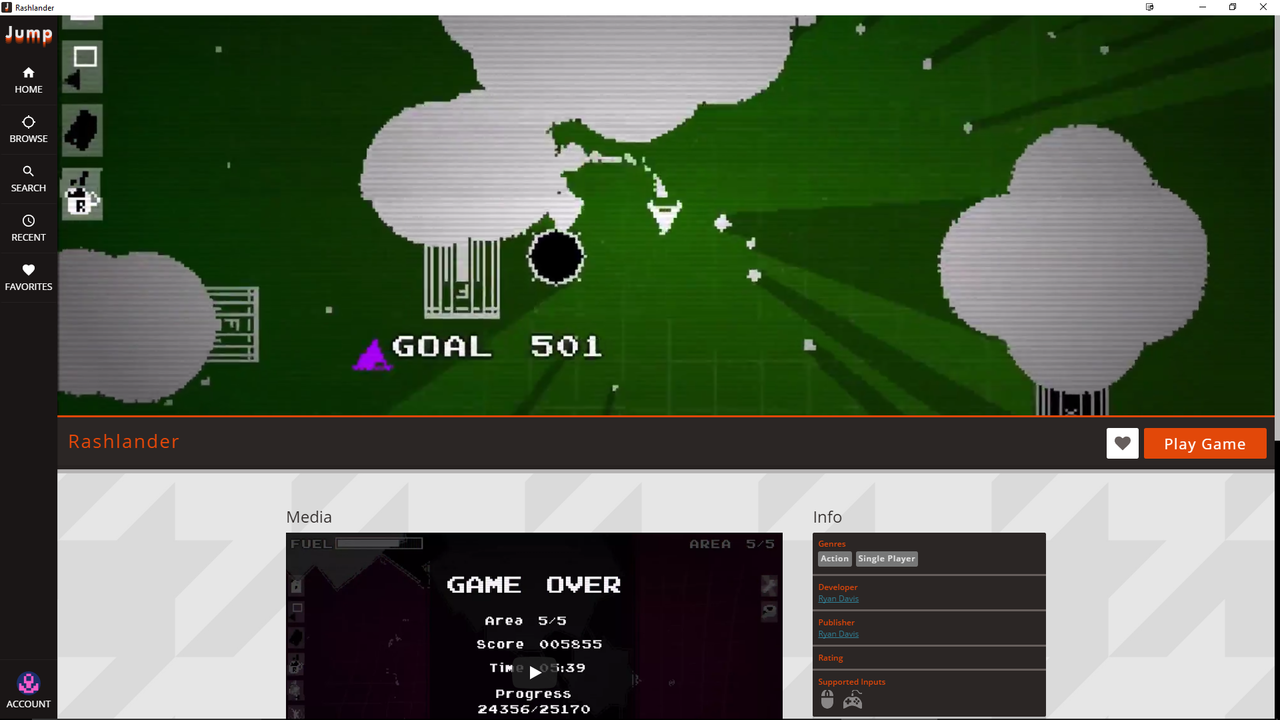
That's all well and good, but we've been here before. The launch of GameTap had exclusive work from American McGee and new episodes of Space Ghost. OnLive's all you can eat service brought in big publisher support and a microconsole to hook into your TV. Jump sets itself apart from past services by ditching the streaming portion of their tech. When you play a game on Jump, you're not loading up a server miles away, you're just downloading the game like normal and playing it on your machine. Saves are stored locally, controllers work with compatible games, and everything feels as it should. Jump stays out of the way once you pay your entry fee, which is really what a good platform should do.
Thanks to the fine folks behind Jump, I was able to test the subscription service for the past week, and it integrated into my day to day gaming pretty seamlessly. I reviewed one title using the service and sampled pretty much the entire rest of the library. Games loaded up as I expected them to, controllers and keyboards synced up perfectly, and I ran into no issues running games for a few minutes or a few hours. You have the option to fullscreen any game or run it in the Jump window, and third-party applications like the GeForce Experience picked up on what games I was running and allowed me to capture screenshots with ease. For all intents and purposes, playing a single player game on Jump is the same experience as playing that same game on Steam or itch.io.
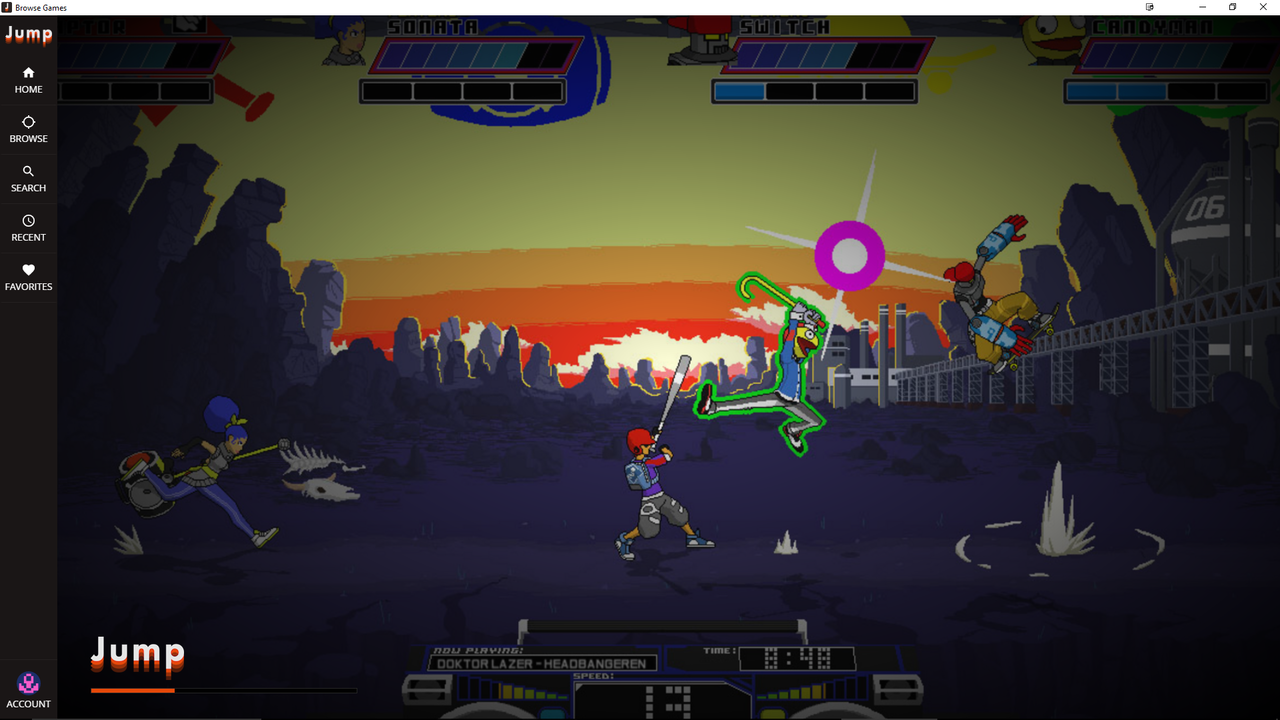
One difference you'll see with playing games on Jump versus a platform like Steam is the obvious online requirement that comes with a subscription model. Jump will not launch if your computer is offline, simply loading forever on a "Checking For Updates" screen. If you are playing a game and lose your connection, Jump is more generous, and you'll be able to continue playing without getting booted out. I was also able to switch to other recently played games while offline, but this seems less like an intended feature and more like a hacky bonus. Still, it's nice to know that a Jump gaming session won't be interrutped when the power goes out.
Of course, this is a brand new platform, so it is missing some features that you might expect from a more mature marketplace. As of now, your Jump profile is simply a login and a username. There's no friends list and no social hooks in the client, just a list of games to play. This also means that there is no achievement support (even for games that have such support elsewhere), and there's no way to take or share screenshots outside of relying on additional software you provide. To some, this lack of intrusions might be a breath of fresh air, but one gamer's tiresome annoyance is another's must-have feature.
Besides missing features in the client, there are a few other oddities that may hamper your Jump experience. If you happen to own any of Jump's games on another platform, you'll find that you'll have to start them over again. Jump save games are incompatible with any other versions of the game. Company head Anthony Palma spoke to this in our previous interactions, comparing the differences between Jump and Steam to that of different consoles in the same market. The majority of Jump's initial selection are bite-sized titles, so this isn't a huge concern out of the gate, but there's nothing here to make me want to give up my A Wizard's Lizard savefile and start anew.
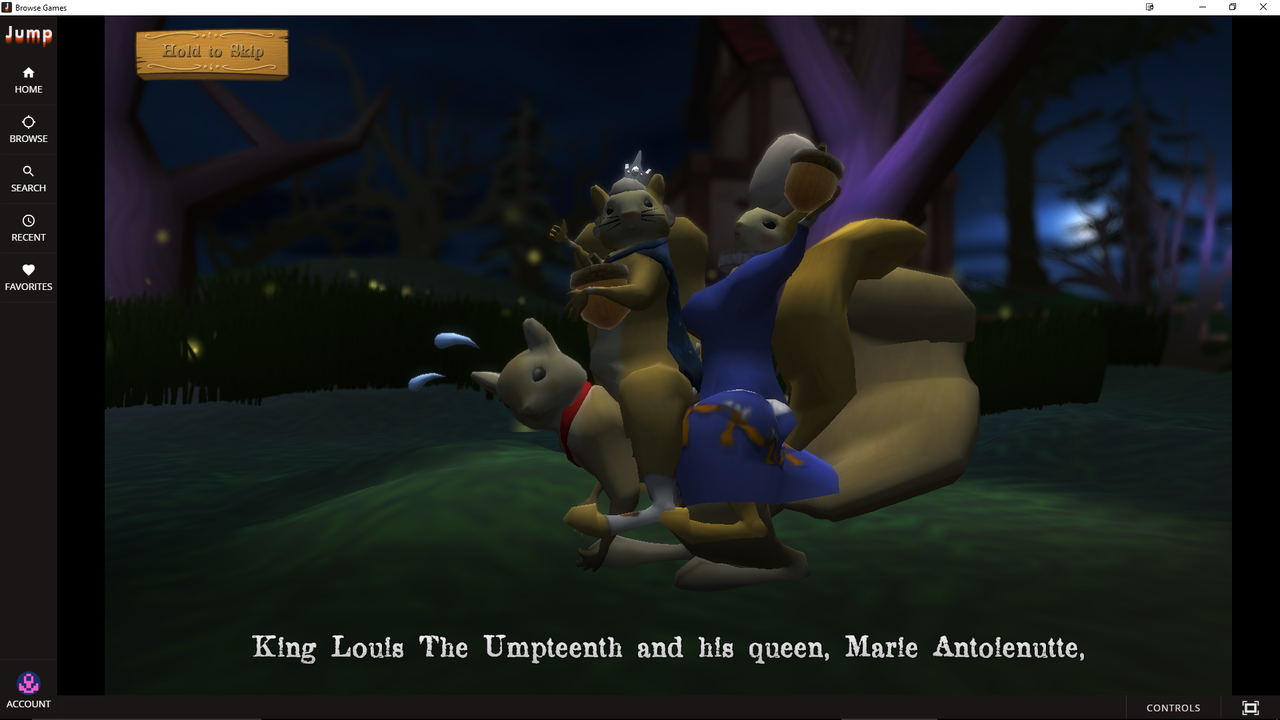
Another oddity comes in the form of online multiplayer titles. At launch, you can try to get into an online game of titles like Drive!Drive!Drive, Lethal League, and Robot Roller-Derby Disco Dodgeball, but you'll find that you'll only be facing down fellow Jump subscribers. The online playerbases of each game from other platforms have not carried over to Jump, which could be a huge problem for any game that relies on a thriving online population. In addition, Disco Dodgeball's player customization was tied into the Steam marketplace in its original incarnation, so players will have to restart their collection and will be unable to sell off any rare drops. Thankfully, each of the online games have significant offline modes to enjoy, so none of them will be a filler slot in your subscription. If Jump can build up momentum, this may not be an issue in the long term, but it's hard to see early adopters getting much use out of these modes.
Overall, Jump is a compelling package. Its initial offering is filled with plenty of notable indie games from the past few years and the technology encourages the same type of low effort enjoyment that streaming services provide for TV fans. Everything from arthouse to arcade is represented, and Jump promises to expand by at least 10 new games each month. Jump seems like a great way to get someone interested for the first time in the wide world of indie gaming, and even Steam veterans will probably find a few titles that they looked over since the floodgates opened. As far as the battle to become "Netflix for Games" is concerned, I think we really have a contender.
TechRaptor was provided a Jump press account for the purposes of this article and future coverage.
What do you think of Jump? Are you inspired to "jump in" to this new subscription service? Is Jump compatible with the Leap motion controller? Answer these questions and more in the comments below!
Have a tip, or want to point out something we missed? Leave a Comment or e-mail us at tips@techraptor.net
